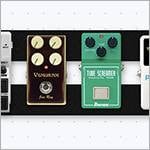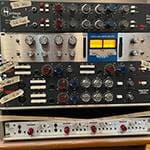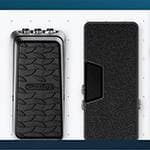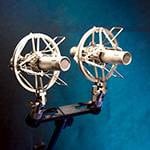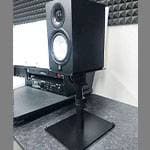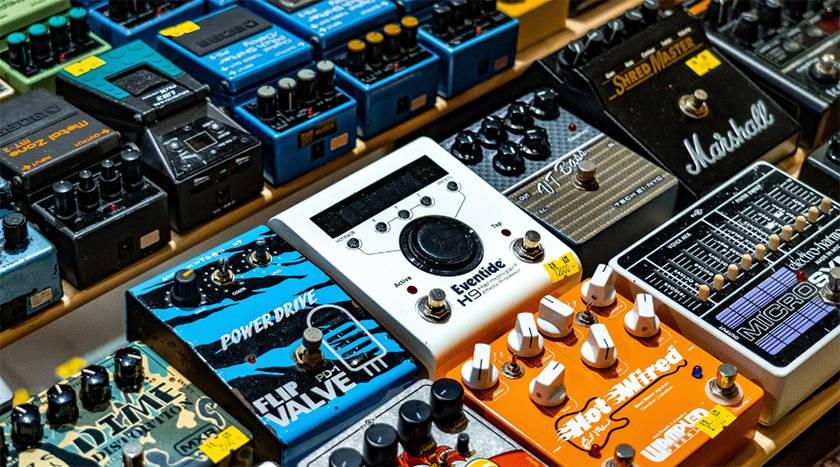
Hello everyone! I'm Yuki Kito, a guitar instructor in Nagoya, Japan.
How are you doing these days? It's the season of hay fever, and I've managed to get over it by bringing a box of tissues to school. It's really hard this year with the pollen.
By the way, have you ever heard of the Umbrella Company?
Umbrella Company is a company that offers a wide range of music-related equipment, from audio-related equipment such as Chandler Limited to Bondi Effects, whose Sick As Overdrive has been making a splash.
Some of you may be familiar with Umbrella Company from your DTM-related activities, as they deal with many well-known manufacturers. Umbrella Company has recently been selling effect pedals, and I felt compelled to check them out!
Umbrella Company / Hitchhike Drive
First up is Hitchhike Drive! What do you think of this look? I personally love the simple visual design with two toggle switches on the surface, which gives it a mechanical look. And as you can guess from the color, it is also a Fender tweed amp type effect pedal.
The sound is still characterized by the nose-clogging fuzzy sound of a tweed amp. It responds linearly to volume control, and should be quite easy to use for those who operate guitar volume.
The thing that most differentiates the Hitchhike Drive from other tweed-based effect pedals is almost certainly the toggle switch. As noted in the overview section, it has the following three modes.
- D mode: For the raw tone and gain structure of Tweed-era Deluxe amps
- T mode: Amplifier-like sound with the deep presence of a Twin amp
- B mode: Higher gain than T mode, with an emphasis on low midrange presence
To be honest, many tweed amps on the market seem to be pedals that respect or simulate tweed amps from a specific period.
Many of them then offer a choice of speakers and other options, or a unique range of gain. A similar product is Universal Audio's UAFX WOODROW / 55 Amplifier.
On the other hand, in the case of Hitchhike Drive, the fact that the generation and model of the amp itself can be changed at the flick of a switch to find the tweed that best suits the situation while maintaining the tweed feel is very appealing.
Next is the “#24” distortion pedal. I wonder what the origin of the naming is? Those of you in the know, let me know…
The visuals are the same as the Hitchhike Drive, with four knobs and two toggle switches, but the uniqueness of the toggle switches is what makes the Umbrella Company unique.
I was curious about the X knob and the Density switch. I don't hear Density very often in the effect pedal field, it has more of an audio or DTM related terminology feel to it.
The Density switch seems to be able to switch between concentrating the density of the sound in the high-mids and the low-mids! When you listen to an accompaniment, obligation, guitar solo, etc. from a bird's eye view with other instruments, which bandwidth should be emphasized to fit in with the whole will change on a case by case basis.
In such cases, the Density switch can be used to condense the tasty parts of the effect pedal, which is a concept that has never been seen in effect pedals before. I think this is a concept that has never been seen before in effects pedals.
The X switch is a knob that adjusts the sound pressure and seems to play a role in creating a powerful bass sound! As you can see from the review by renowned guitarist AssH, it has an amp-like sound! AssH plays so well I could listen to him forever...
CAROLINE GUITAR COMPANY / SHIGEHARU
At first glance at the name, my reaction was “Shigeharu!” was my reaction. The font of “Colombia” is also designed far from the above two.
Many octave fuzz pedals are strong-style pedals with two or three knobs, and they seem to say, “Match it to me! The SHIGEHARU, on the other hand, seems to be a pedal that connects the guitarist and the fuzz, unlike the aggressive style pedals with their unique names.
I found it especially helpful that the lower right knob can control the BODY, and the center mini-knob can control the octave and blend.
I felt that this pedal has a wide range of sounds, from the octave fuzz tone to the fuzz face tone to the big muff-like attack sound.
In addition, the follow-up to volume, which is the beauty of fuzz, is also well secured. It is also possible to produce a beautiful drive sound when the volume at hand is turned down.
All the review videos were cool, but this one is my favorite.
In this article, I have introduced three types of distortion effect pedals from Umbrella Company! How did you like them?
I honestly want to try them all and I want them all...! Recently my regular Eleven Rack has finally started to get some noise, and I'm thinking I'd like to REC with IRIDIUM and #24 next time.
Thank you for taking the time to read this far.
The “sound & person” column is made up of contributions from you.
For details about contributing, click here.





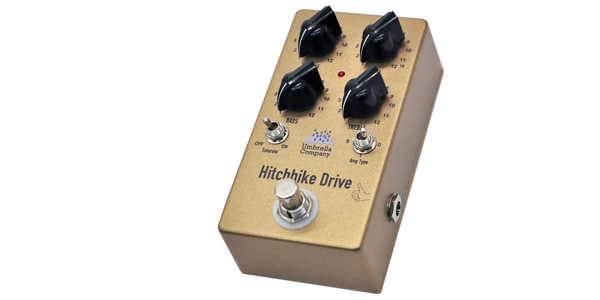
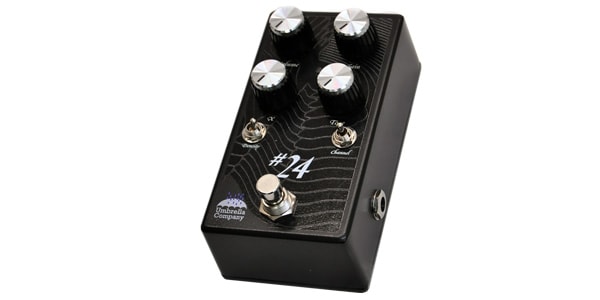
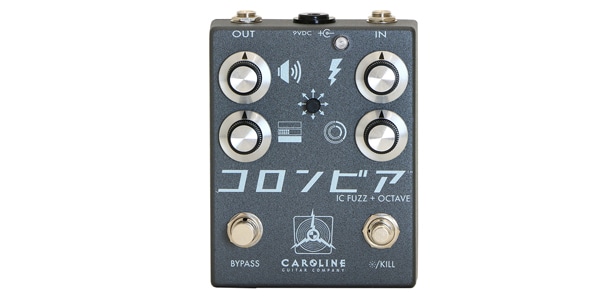





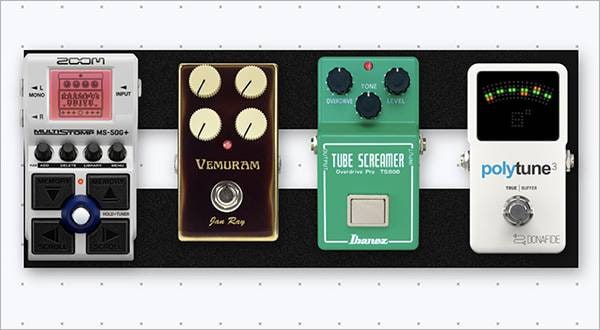
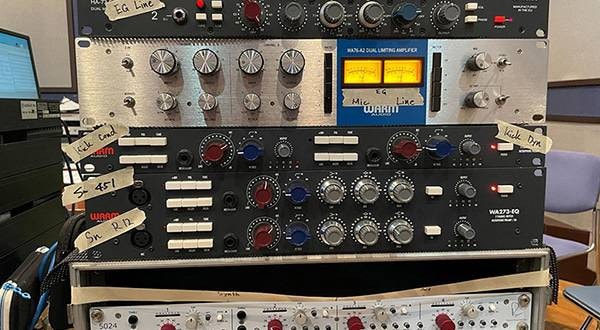


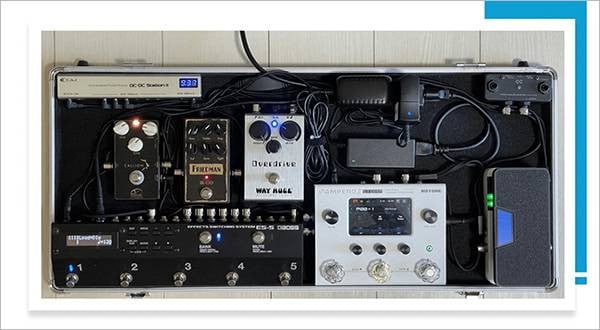
![[New for 2025] Top 10 Recommended Overdrive Pedals!](/contents/uploads/thumbs/2/2022/8/20220801_2_18812_1.jpg)
![[Latest for 2025] The 10 Best Effects Pedals for Guitar Beginners!](/contents/uploads/thumbs/2/2022/5/20220526_2_18129_1.jpg)
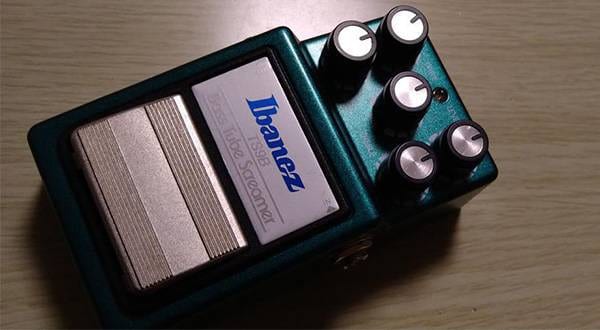
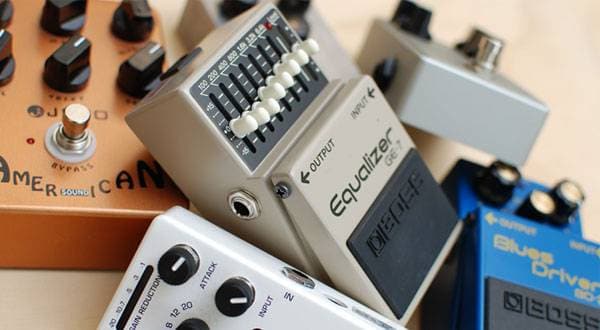
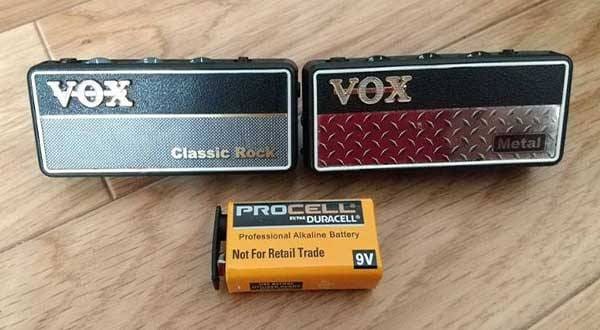
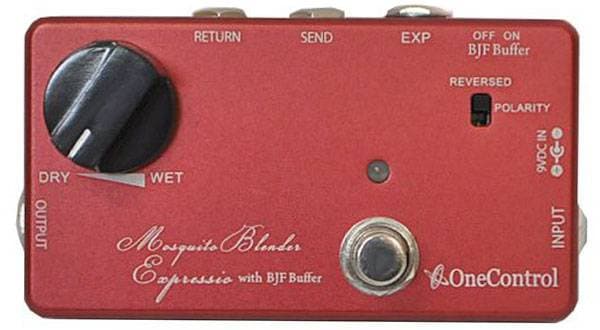
 第2弾 あなたのエフェクターボード見せてください
第2弾 あなたのエフェクターボード見せてください
 【初心者向け】エフェクター講座
【初心者向け】エフェクター講座
 あなたのエフェクターボード見せてください
あなたのエフェクターボード見せてください
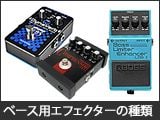 ベース用エフェクターの種類
ベース用エフェクターの種類
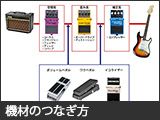 エフェクターのつなぎ方
エフェクターのつなぎ方
 エフェクターの種類
エフェクターの種類
